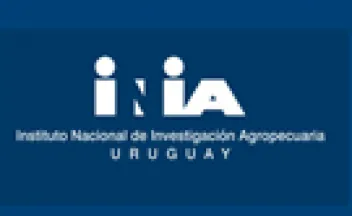URUTRIGO: Estrategias para viabilizar el trigo uruguayo mediante la mejora de su calidad.

La producción de trigo en Uruguay ha tenido una significativa disminución desde el año 2011, año en que se registró el máximo volumen histórico de 2.016.300 toneladas y la máxima área de siembra correspondiente a 593 mil hectáreas (DIEA, 2012). En los años sucesivos el área de siembra ha venido disminuyendo y se ha estabilizado a partir del 2016 en alrededor de las 200 mil hectáreas.
